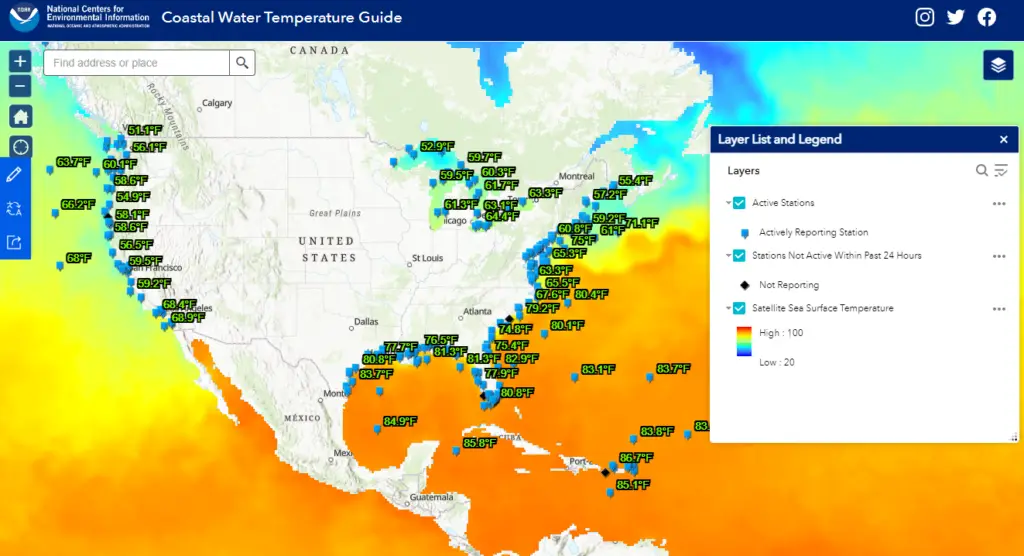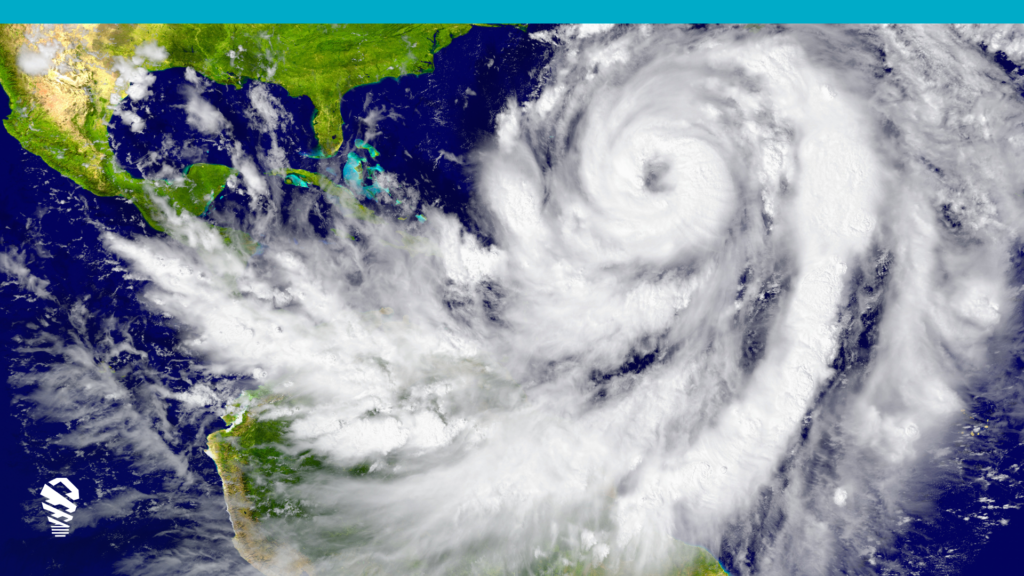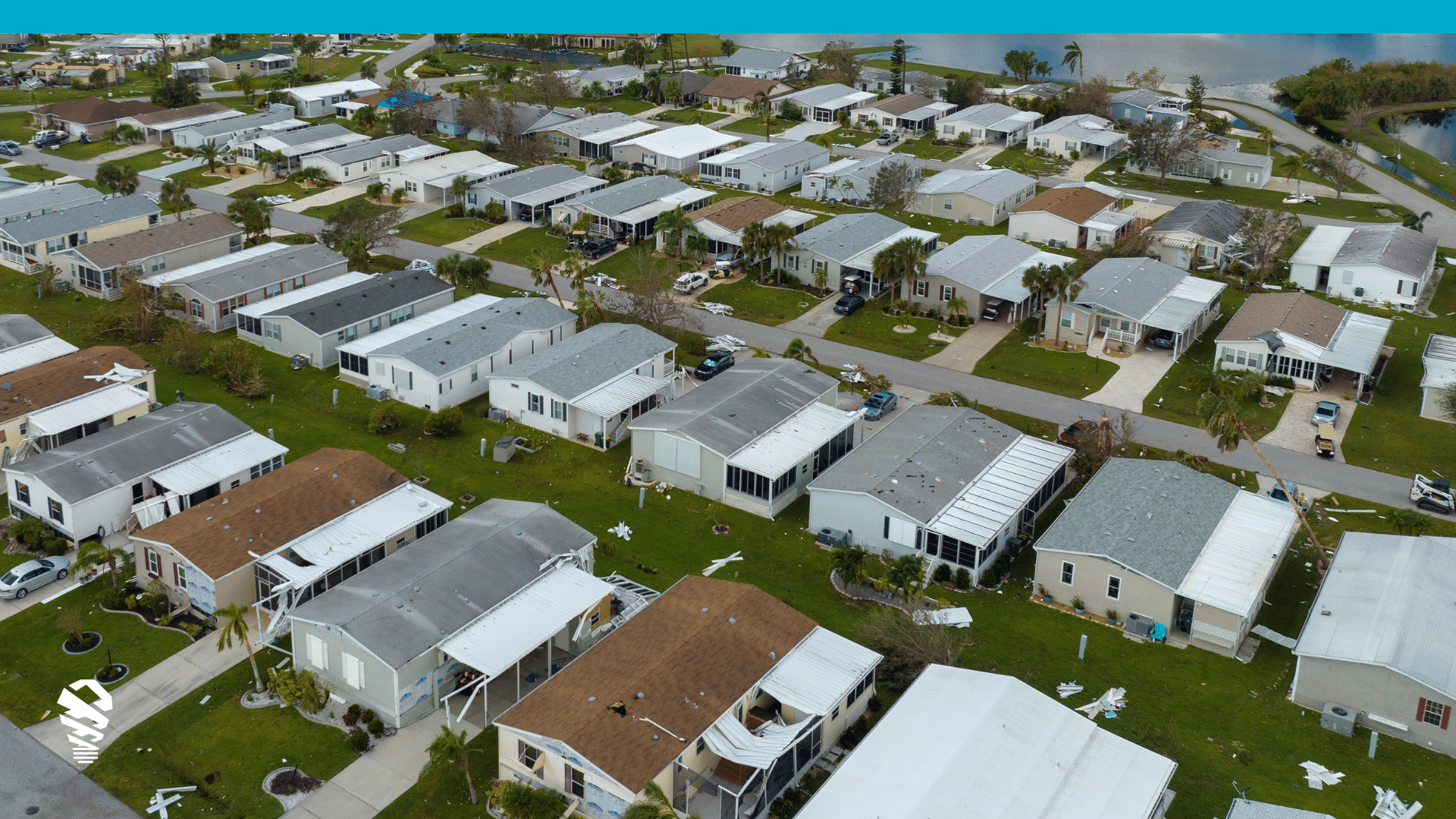Hurricane season is months away – or is it? Experts are predicting an early, and possibly more severe storm season in 2024. Though hurricane season is some time away, the Atlantic Ocean’s temperatures are unusually high for this time of year, signaling an increased likelihood of a more intense hurricane season. This heightened activity could be further amplified by the emergence of La Niña conditions. According to Brian McNoldy, a senior research scientist, the combination of warmer ocean temperatures and La Niña suggests a season with potentially more and stronger Atlantic storms, as warm waters fuel both the formation and intensification of these systems.

The forecast for the 2024 Atlantic hurricane season points towards an unprecedented level of activity according to Tropical Storm Risk (TSR). TSR predicts that North Atlantic hurricane activity in 2024 will be very active with activity about 30% above the 1991-2020 30-year norm and around 50% above the long-term 1950-2023 norm. This prediction suggests a shift in climatic patterns that could lead to more frequent and potentially more severe hurricanes.
Phil Klotzbach, a research scientist at Colorado State University, adds a note of caution, acknowledging the inherent uncertainty in long-term weather forecasting. He remarks, “It’s February and a lot can still change. But if it doesn’t, then it could potentially be a very busy season.” These insights identify the critical need for early preparedness and vigilance among communities, governments, and emergency responders in hurricane-prone regions, highlighting the unpredictable nature of climate and its potential impacts on human life and property.
How can CAT responders like insurers, adjusters, and roofers prepare?
As hurricane season approaches, it’s imperative for CAT responders—insurers, adjusters, and roofers—to meticulously plan and prepare. This begins with assembling a specialized hurricane response team dedicated to various crucial tasks. Key roles include overseeing advance preparations, monitoring weather updates through reliable sources, leading communication efforts, and making pivotal decisions regarding site preparation and shutdown. Identifying leaders for these roles ensures a structured and timely response to impending storms.
In addition to team assembly, reviewing the project schedule for the hurricane season is vital. This review helps identify potential vulnerabilities, such as parts of buildings that are exposed to elements, inventory management for materials and equipment, and ensuring that drainage and power systems are optimized for storm conditions. Such evaluations allow for the planning of precautionary measures tailored to each phase of the season, significantly reducing potential damage.
Finally, developing comprehensive pre-season and in-season plans includes creating detailed communication strategies, preparing personnel for emergency scenarios, and establishing pre-storm contractual relationships with service providers. By addressing these areas, CAT responders can ensure a coordinated effort in storm preparation, damage mitigation, and swift recovery, ultimately leading to minimized impact on communities and smoother post-storm rehabilitation efforts.
What tools and tech can help my team?
Leveraging precise data is a crucial strategy for navigating catastrophic events and enhancing both customer and internal team interactions before, during, and after natural disasters. Accurate, timely information is vital when facing hurricanes, wildfires, hail, tornadoes, or floods. Providing policyholders and customers with the answers they need swiftly and accurately not only saves time and money but also alleviates stress and fosters brand loyalty. Efficiently utilizing data to manage expectations and communications can significantly improve the experience for both customers and your company during nature’s challenges.
To prepare for the storm season, insurers, adjusters, and roofers can leverage technology like IMGING by Loveland Innovations. This technology offers advanced AI for damage detection and automated drone flight systems for efficient, safe roof inspections. It also allows for quick assessments, enhances claim processing speed, and improves safety by minimizing the need for physical roof access. Prior to the storm, tools like Nearmap can help to provide images before a storm.
The Geographic Information Consortium (GIC) empowers insurers with the ability to identify the most severely affected areas even before all claims are reported. This advanced insight enables insurers to strategically deploy response teams not only to the most obvious locations but also to areas where damages might be less apparent yet still require thorough inspection. Such preemptive action is key to enhancing the efficiency of the claims process and ensuring timely support for policyholders in need.
Incorporating tech into storm season strategies enables these professionals to address potential damages proactively, ensuring quicker recovery and better service for property owners. Preparing with the right tools now allows CAT response teams to act quickly when it comes to storm damage. This approach not only streamlines damage assessments and claims processing through AI and drone technology but also ensures communities can recover more quickly post-storm. Professionals in the roofing and insurance industries can significantly improve their efficiency and service quality, leading to faster restoration efforts and enhanced resilience against future storms.
Equipping your team with comprehensive resources, such as materials, detailed timeline plans, and checklists, is crucial for maximizing efficiency and speed during operations. These tools ensure that every team member is well-prepared, facilitating a swift and effective response to any situation.
As we navigate the forecasts and warnings of an early and intense 2024 hurricane season, it is time to get prepared. As Author Sheri Fink said, “The threat from extreme weather events highlights the importance of investing in preparedness.”



![How to Measure a Roof With a Drone [Updated April 2023]](https://www.lovelandinnovations.com/wp-content/uploads/2024/04/How-to-Measure-a-Roof-With-a-Drone-Updated-April-2023.png)




